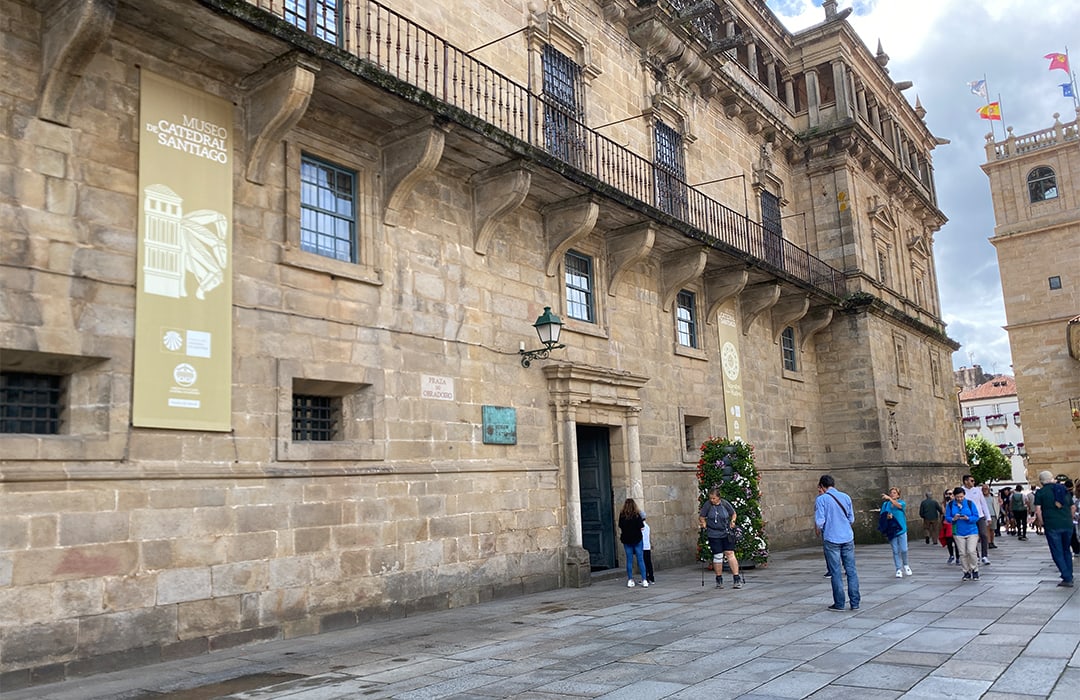The
Museum of the Cathedral of Santiago
offers the possibility of delving into history and learning about the important pieces of art kept in this monument declared a World Heritage Site.
This institution is one of the main attractions among all the museums in Santiago de Compostela and represents a great success in terms of public attendance, especially among tourists and visitors who wish to know in depth everything related to this historical enclave of Santiago de Compostela.
The Visitor Reception Center, located in the crypt of the Portico de la Gloria and accessed from the iconic Praza do Obradoiro, is in charge of organizing the different types of visits to the monument.
The permanent collection offers a tour of the most representative artistic pieces and, at the same time, recreates the history of the Cathedral of Santiago de Compostela itself, the construction of the monument from the tomb and the urban growth that took place in Santiago at the same time.

In addition to the origins of the construction of the temple, the visit allows to know the figure of Mestre Mateo, the famous stone choir, the Renaissance cloister, the Botafumeiro, the different tapestries and a rich art collection dating back to the thirteenth century.
The Pazo de Xelmírez houses the museum’s temporary exhibitions. It is a Romanesque building and a medieval architectural ensemble in which you can visit the Hall of Arms, the Manrique Hall, the kitchen and the Hall of Ceremonies.
The Portico de la Gloria is the western entrance of the Romanesque cathedral and a masterpiece of universal art. During the visit, detailed information is provided on the restoration process promoted with the sponsorship of the Barrié Foundation.
On the other hand, the stone roof of the Cathedral of Santiagois arranged in a staggered form and offers incredible panoramic views of the basilica and the city of Compostela.
In the subsoil of the Cathedral, archaeological excavations carried out at different points in history have uncovered numerous samples and evidence of the origins of the basilica and of the town itself.
The pavement hides a network of the necropolis, dating from Roman times to the time of the construction of the Romanesque cathedral, as well as remains of the primitive basilicas and part of the first defensive line of the city.
To access the enclosure, the visiting hours are from Monday to Sunday between 10:00 and 20:00 hours and the price ranges from 0 to 20 euros, depending on the rate and the type of visit.







